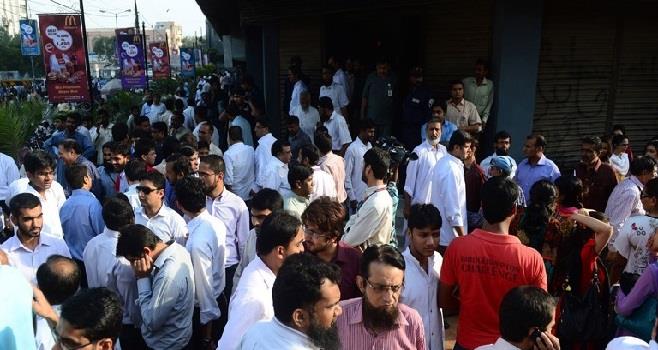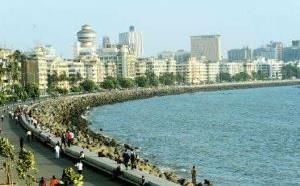May 16, 2014
The next government must do everything to revive the investment cycle

The broad contours of the next government should be clear by the end of this week. It will take charge of a weak economy that has lost momentum while being ravaged by high inflation.
May 16, 2014
The next government must do everything to revive the investment cycle

The broad contours of the next government should be clear by the end of this week. It will take charge of a weak economy that has lost momentum while being ravaged by high inflation.
The two major national parties have been selective in their competing claims. The Bharatiya Janata Party has pointed out that Manmohan Singh will leave behind an economy that compares poorly with what he inherited from Atal Bihari Vajpayee almost exactly a decade ago. The Congress prefers to focus on the average economic performance of its governments since 2004.
The United Progressive Alliance cannot escape responsibility for the mess that it leaves behind. It made several strategic errors during its tenure. It hubristically misread the economic boom to assume that India can continue to grow rapidly on autopilot. The economic reforms agenda was thus put on the back burner while the Reserve Bank of India came under attack whenever it tried to cool down an overheated economy. The massive tax revenue pouring into government coffers during the boom meant that all sorts of spending plans were frontloaded on the public exchequer; the government is now struggling to fund them. The cumulative spending on subsidies since 2004 has been close to `12 trillion. Demand was stimulated while a string of policy errors choked supplies. It is but natural that the excess domestic demand fed inflation as well as spilt over into the trade account.
Nothing captures the mismanagement of the economy as well as the fiscal numbers do. India has by far the highest fiscal deficit among the major economies even though the burden of public debt has declined because of a high rate of nominal economic growth. A more precise measure of the public finance mess is the cyclically-adjusted combined fiscal deficit of the national and state governments as a percentage of the potential gross domestic product (GDP). India is a clear laggard. Much of the problem emanates from New Delhi rather than state finances. Primary fiscal balances are lead indicators of meaningful fiscal correction. India continues to report a large primary deficit.
Some skeptics dismiss the importance of high structural fiscal deficits. They are wrong. Fiscal profligacy has led to several economic problems in India. The Indian central bank has often pointed out the inflationary impact of high fiscal deficits. The large borrowing by the government to fund that deficit reduced the domestic funds available to the private sector. The policy response to this was to encourage companies to borrow from the global markets flooded with cheap credit by Western central banks; that has increased corporate vulnerability to global shocks (though company managements are also to blame for the dollar borrowing spree). High fiscal deficits fanned inflation as well as led deterioration in the trade account. Households poured money into gold as a hedge against rising prices as a result of which financial savings needed to fund economic activity have shrunk.
These persistent problems are not just the result of a failure of economic strategy but the natural corollary of the politics of the ruling alliance, with its deep suspicion of economic reforms, a lax attitude towards spending commitments and a clear preference for subsidies rather than public investment. The political leadership is as much to blame as the government itself. The economic failures of the past few years are as much because of Sonia Gandhi as they are because of Manmohan Singh.
The next government will inherit a sluggish economy, persistently high inflation, an investment collapse and a public finance mess. India was led into this quagmire because of a faulty political vision. The way out then logically requires a new political vision rather than more of the same. The economic strategy that draws from such a new political vision should focus on attacking inflation, bringing the investment cycle back of track, cutting subsidies and getting serious about economic reforms. The key is not demand management but more asset creation.
In short, India needs supply-side economics.
What will it take for the next government to change India's economic fortunes?
Courtesy: livemint
















































































































